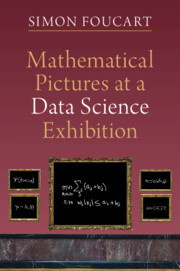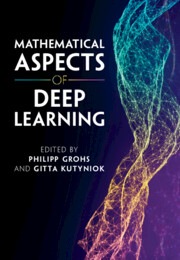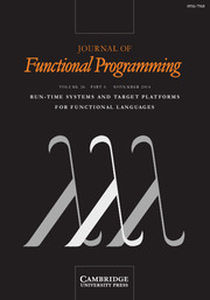Mathematical Methods in Data Science
Bridge the gap between theoretical concepts and their practical applications with this rigorous introduction to the mathematics underpinning data science. It covers essential topics in linear algebra, calculus and optimization, and probability and statistics, demonstrating their relevance in the context of data analysis. Key application topics include clustering, regression, classification, dimensionality reduction, network analysis, and neural networks. What sets this text apart is its focus on hands-on learning. Each chapter combines mathematical insights with practical examples, using Python to implement algorithms and solve problems. Self-assessment quizzes, warm-up exercises and theoretical problems foster both mathematical understanding and computational skills. Designed for advanced undergraduate students and beginning graduate students, this textbook serves as both an invitation to data science for mathematics majors and as a deeper excursion into mathematics for data science students.
- Uses real data analysis problems to motivate the mathematical theory to help students to connect mathematical concepts with practice
- Encourages hands-on learning with self-assessment quizzes (with answers included), extensive basic exercises and many advanced problems
- Carefully develops mathematical concepts and includes detailed proofs, allowing students in DS/ML/AI to gain a deeper understanding of the mathematics involved
- Includes a background section in each chapter, which can serve as review to help instructors to adapt the material to the background of their students
- 'CHAT & LEARN' activities encourage students to use AI to further explore the topics broached in the book and enhance their coding skills
Product details
November 2025Paperback
9781009509404
499 pages
254 × 178 mm
Not yet published - available from November 2025
Table of Contents
- 1. Introduction: a first data science problem
- 2. Least squares: geometric, algebraic, and numerical aspects
- 3. Optimization theory and algorithms
- 4. Singular value decomposition
- 5. Spectral graph theory
- 6. Probabilistic models: from simple to complex
- 7. Random walks on graphs and Markov chains
- 8. Neural networks, backpropagation and stochastic gradient descent.









